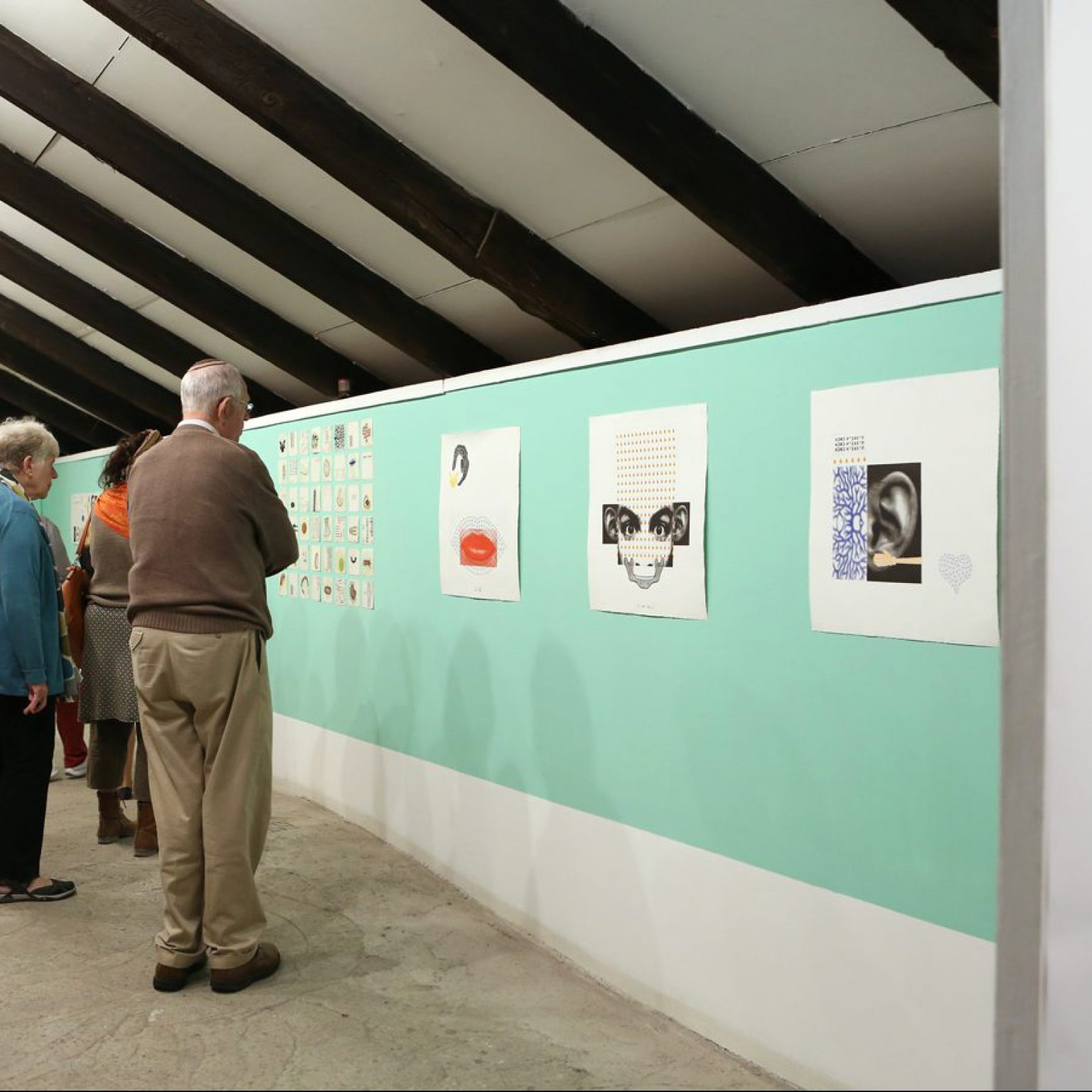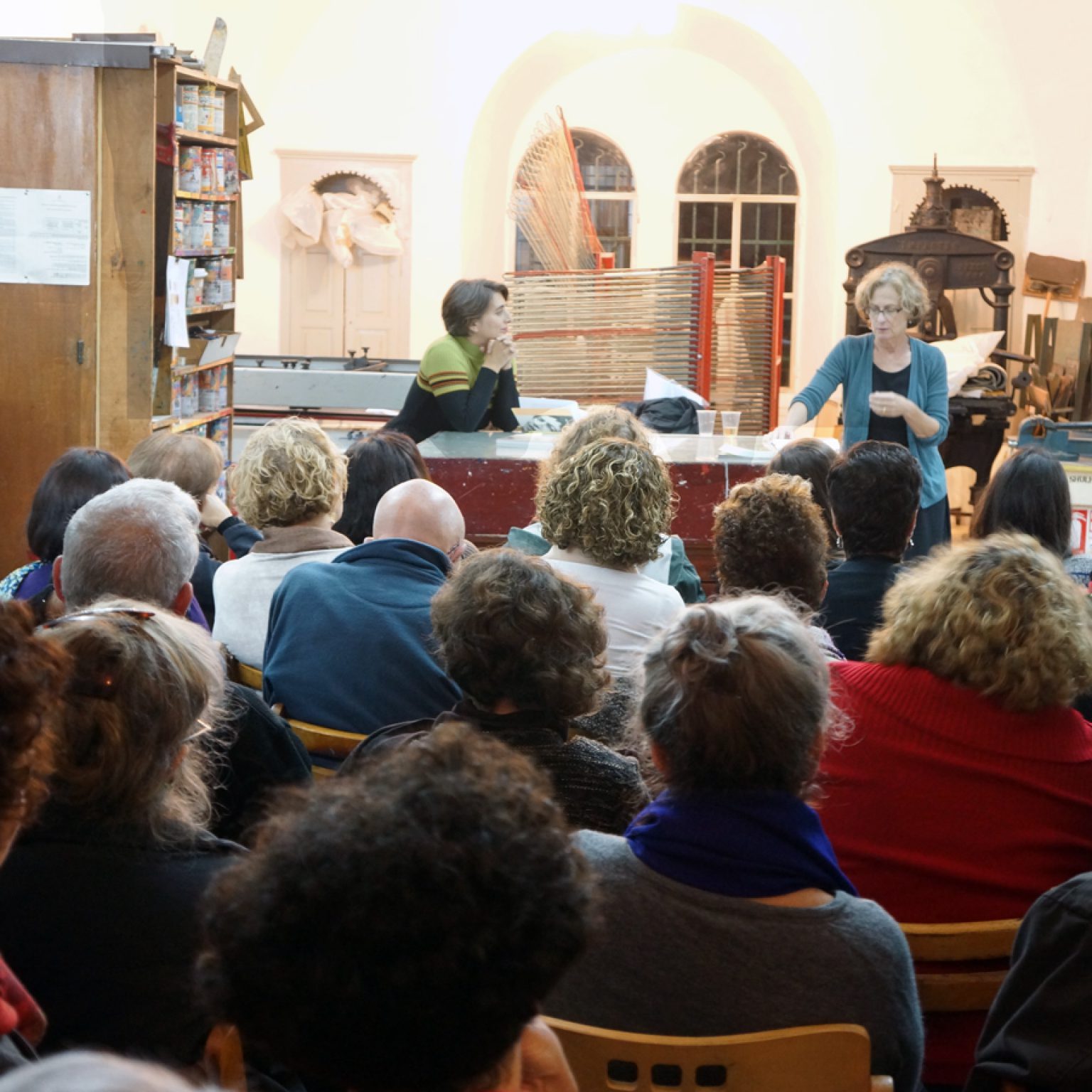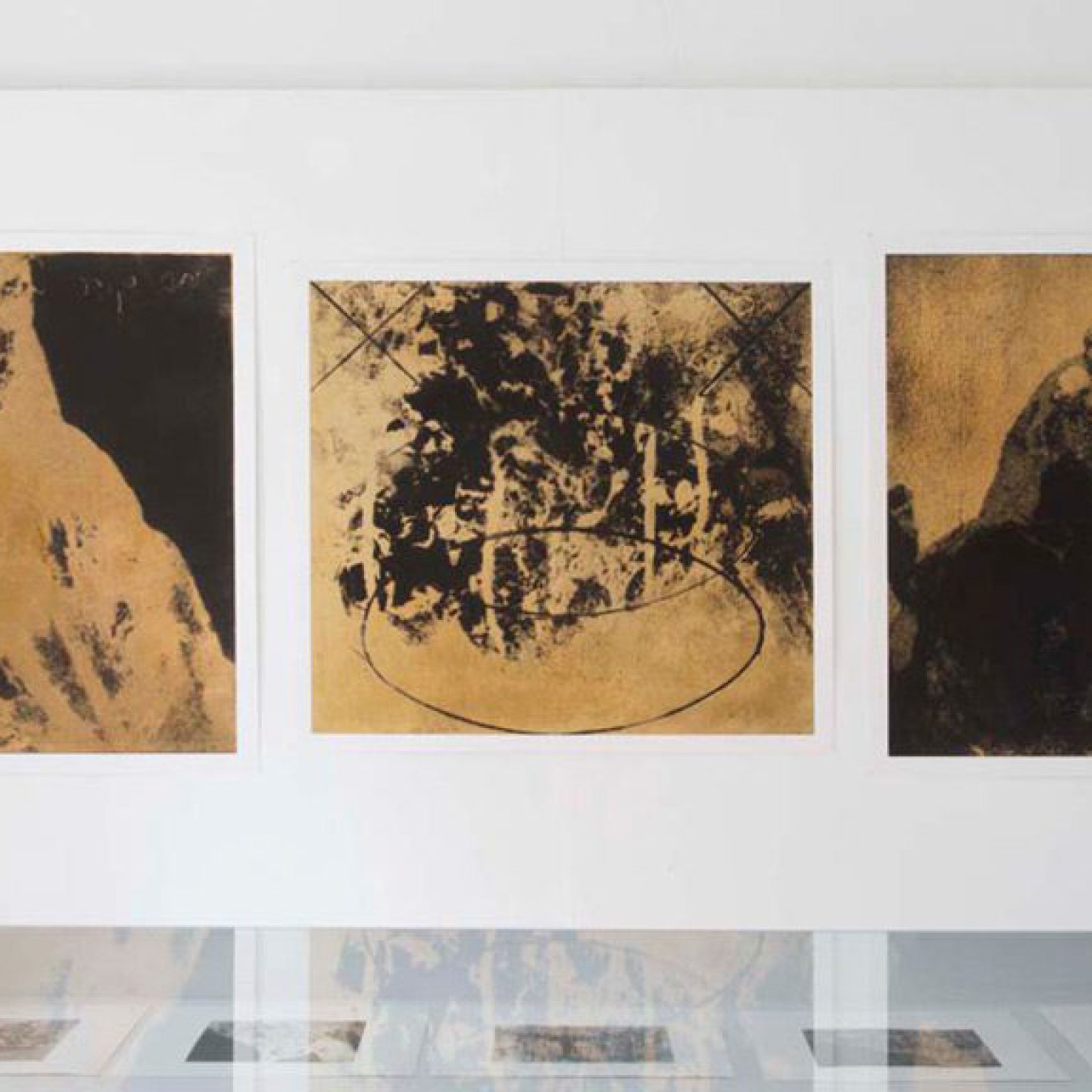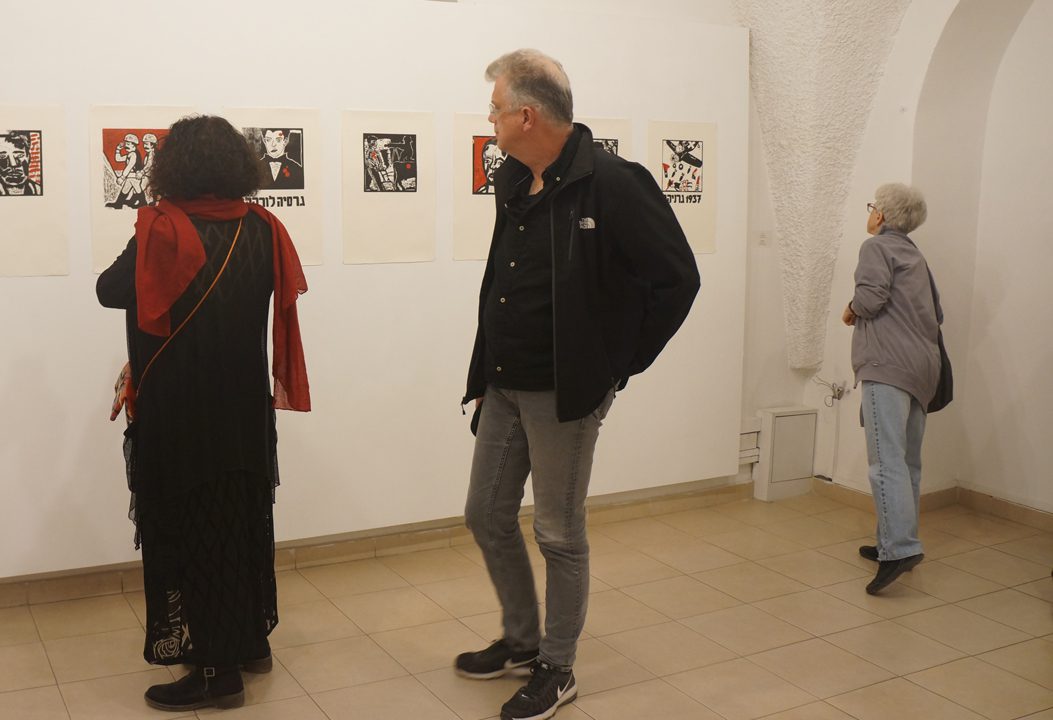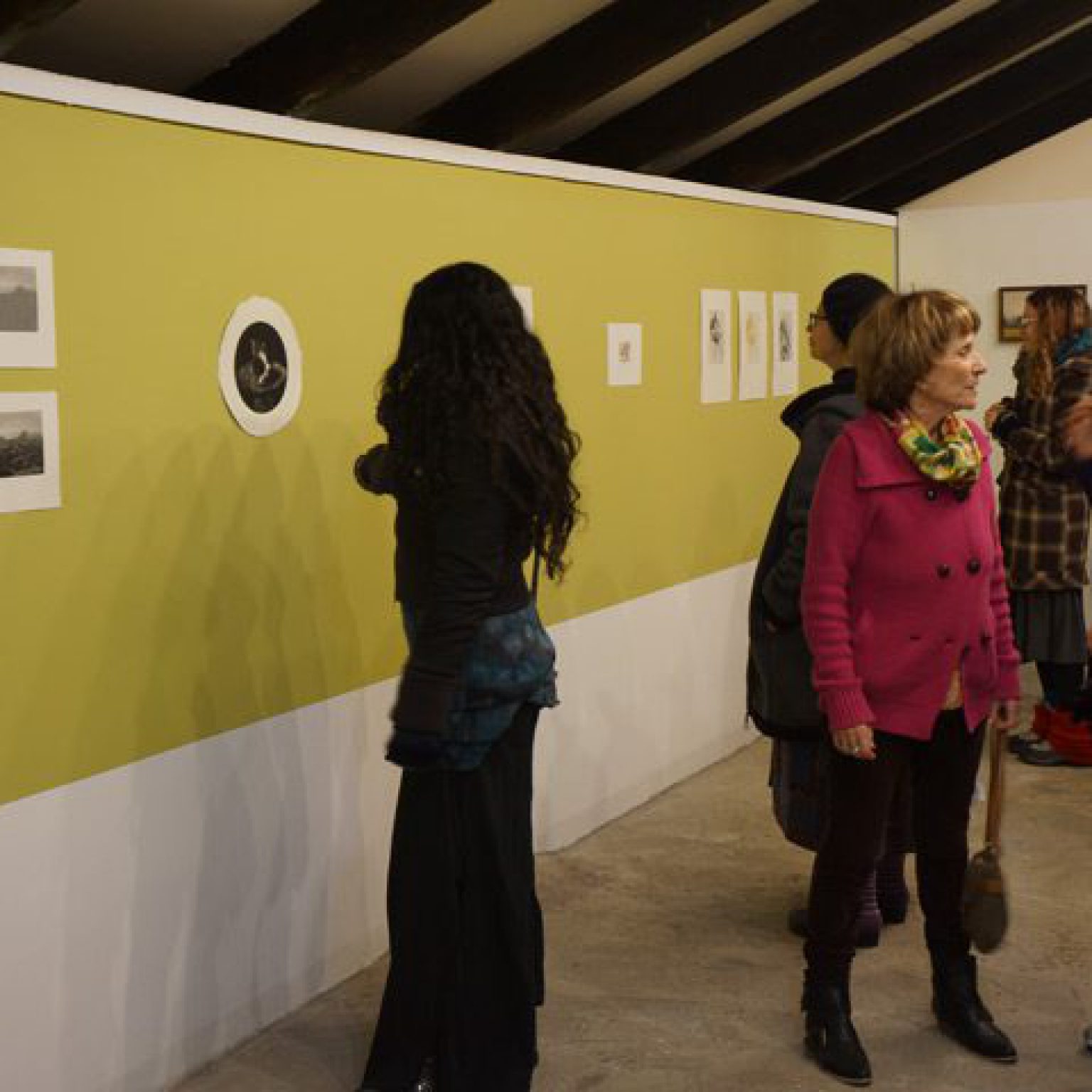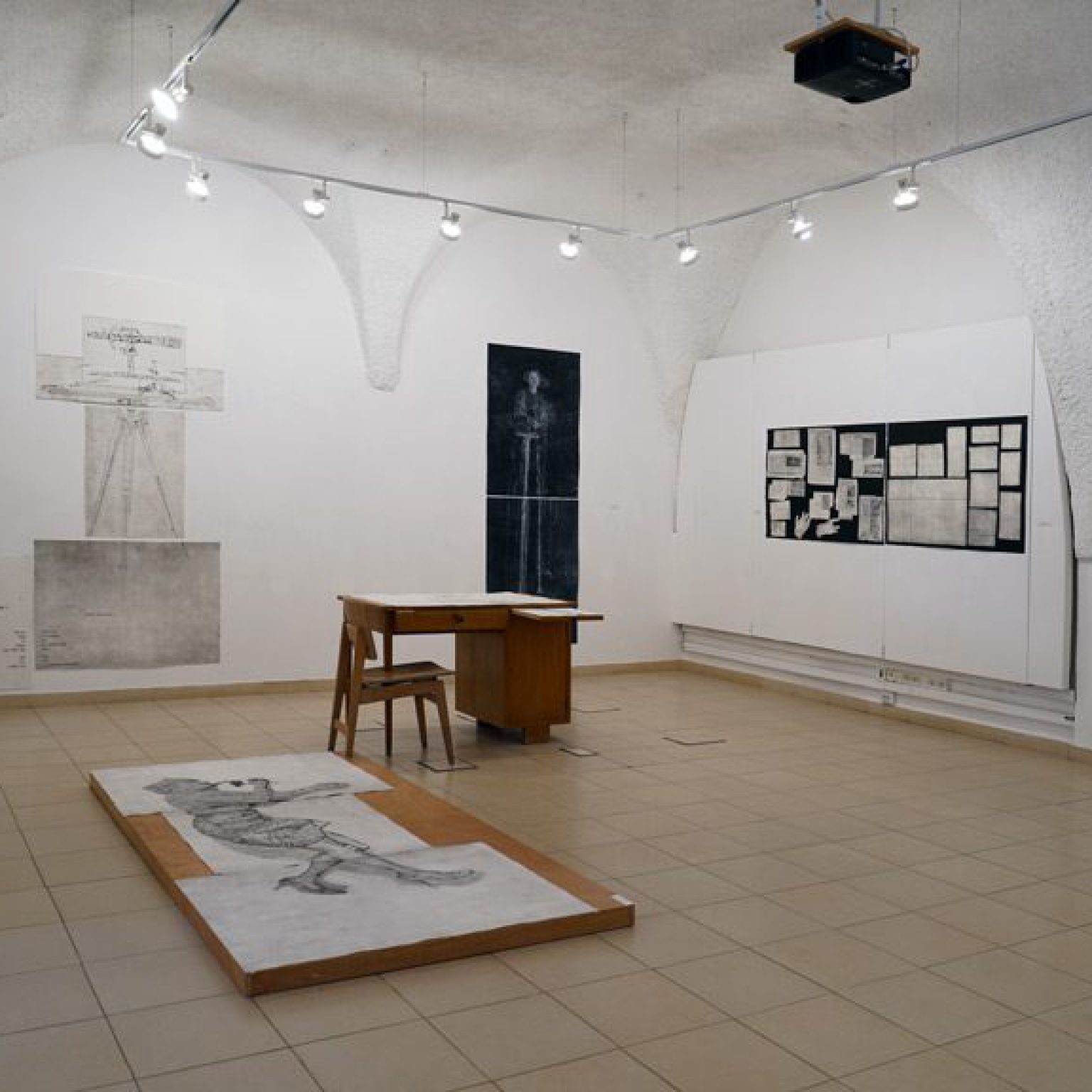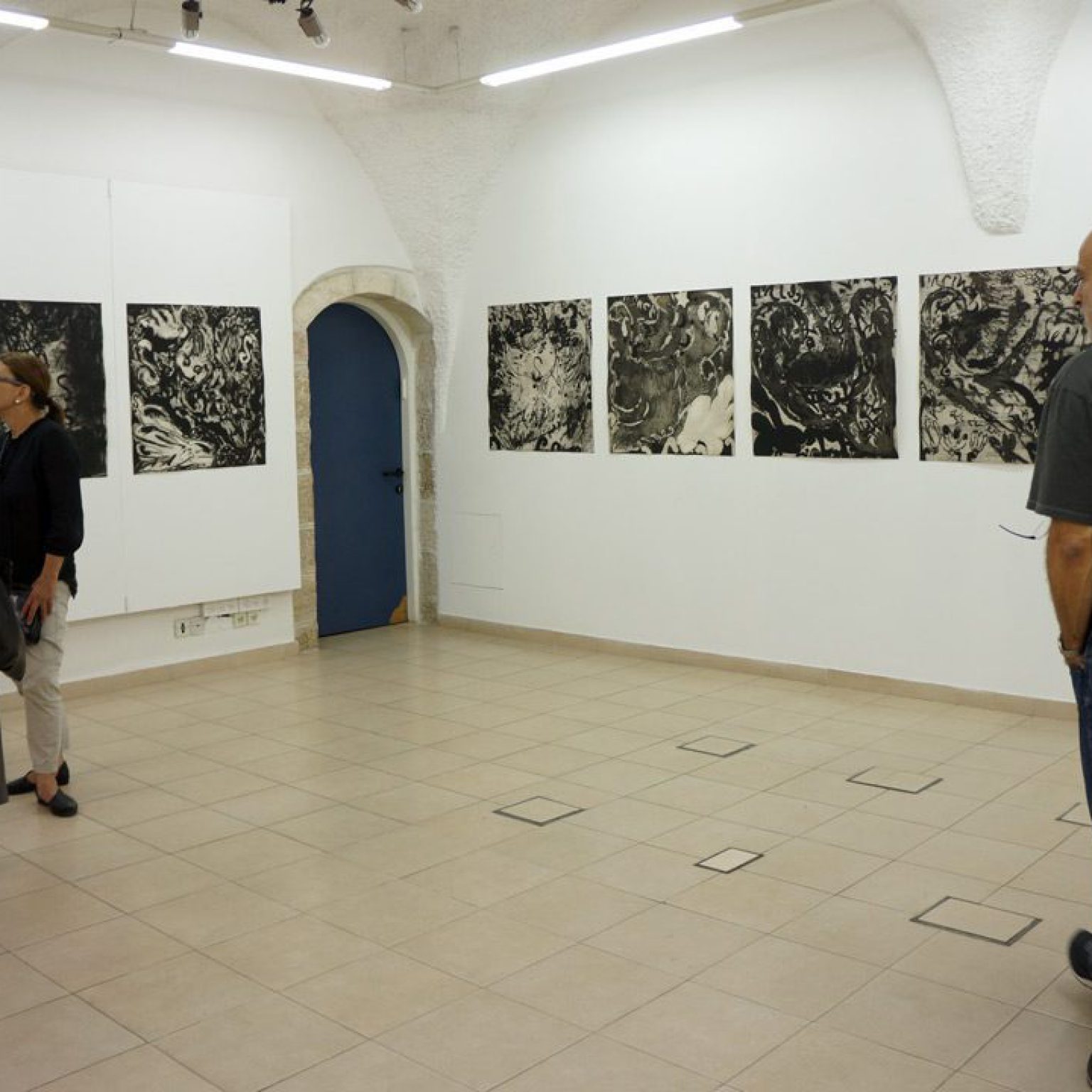About
The Print Workshop was founded in Jerusalem in 1974 by Arik Kilemnik, laureate of the 2016 Culture and Sports Ministry Lifetime Achievement Award. Registered as a public-benefit corporation, the Workshop serves as a home for artists and artistic activity in traditional printmaking techniques – etching, lithography, woodcutting, and screen-printing – as well as bookbinding, thus continuing the tradition of artistic Hebrew printmaking that began in the early twentieth century. In 1984, the Workshop was awarded the Eugene Kolb Prize for Israeli Graphic Art by the Tel Aviv Museum of Art, in recognition of its contribution to the field of printmaking in Israel.
Over the years, the Workshop has invited some of Israel’s leading artists – many of whom are considered pillars of the local art scene – such as Igael Tumarkin, Menashe Kadishman, Moshe Gershuni, Anna Ticho, Lea Nikel, Aviva Uri, and others. These artists were invited to create in print and were provided with a grant and free access to the wide ranges of tools of expression that the Workshop offers. In addition, the Workshop operates an open studio for artists who wish to work there regularly and independently.
The workshop offers courses in the various printmaking techniques, professional development activities, lectures, and seminars for artists, students, curators, scholars and the general public, aiming to preserve the art of printmaking and pass it on to a diverse audience.
The Israeli Print Collection, which was developed at the Workshop, is the largest and most unique of its kind in Israel. It is accessible to the public and to art scholars through a designated computer program.
With the aim of establishing printmaking as a recognized field, two large galleries were added to the Workshop, which present exhibitions of prints created at the Workshop and at other local and international print workshops.
The Workshop’s Ottoman-era building houses antique printing presses of great historical value, collected and restored by Arik Kilemnik over the years. Its unique location on the dividing line between the New City and Old City, and between the diverse neighborhoods that characterize Jerusalem, invites the general public to enter through its gates.
